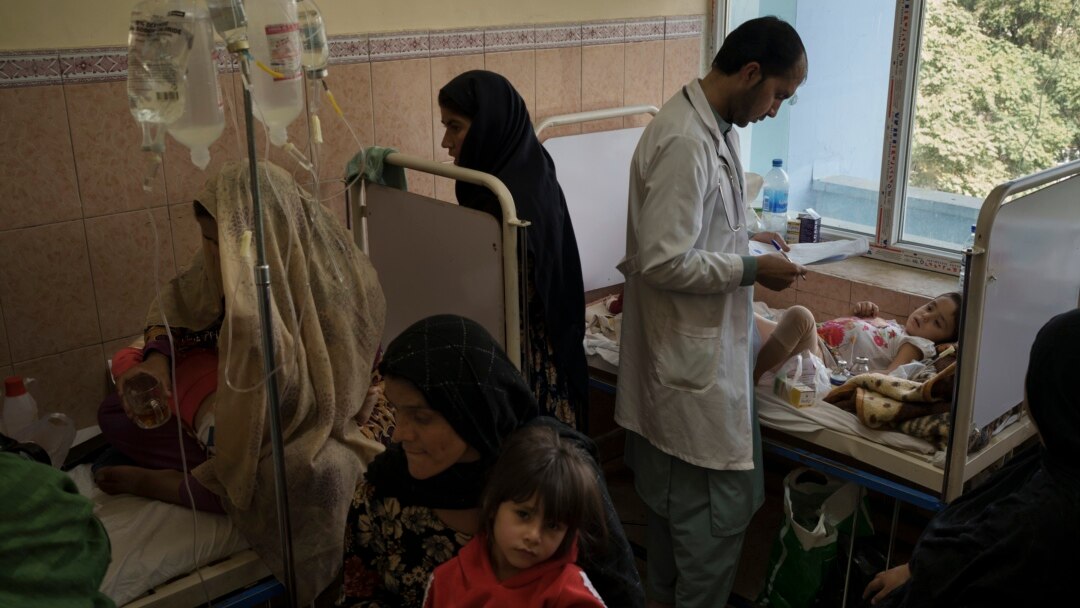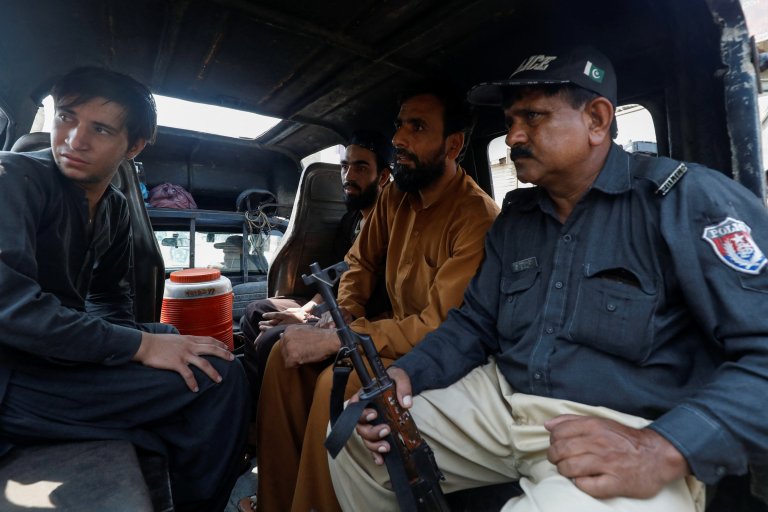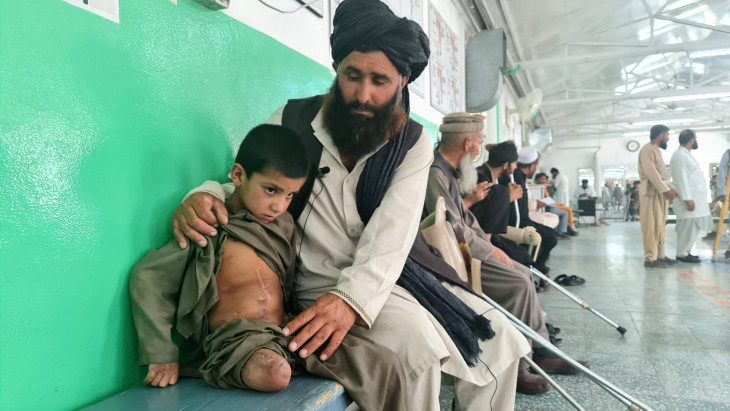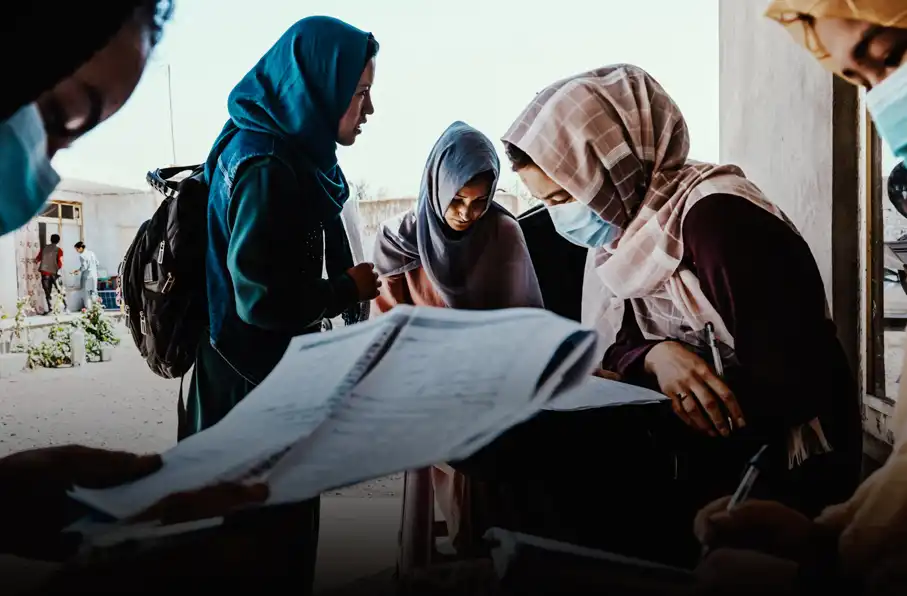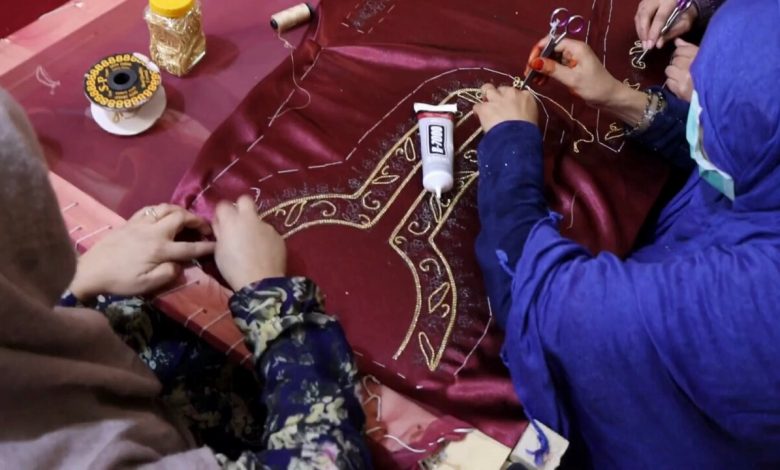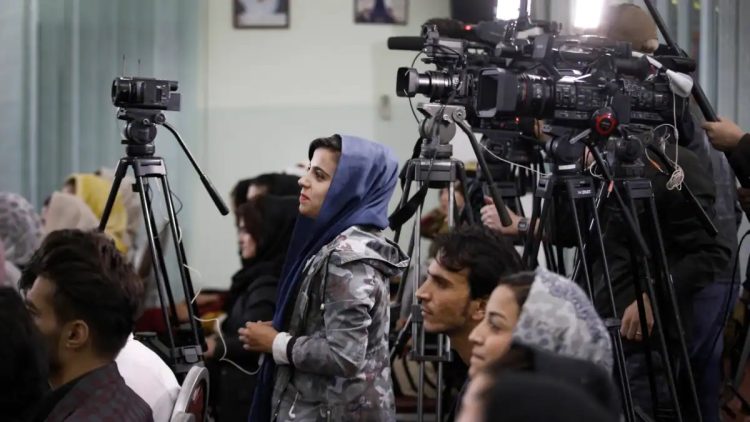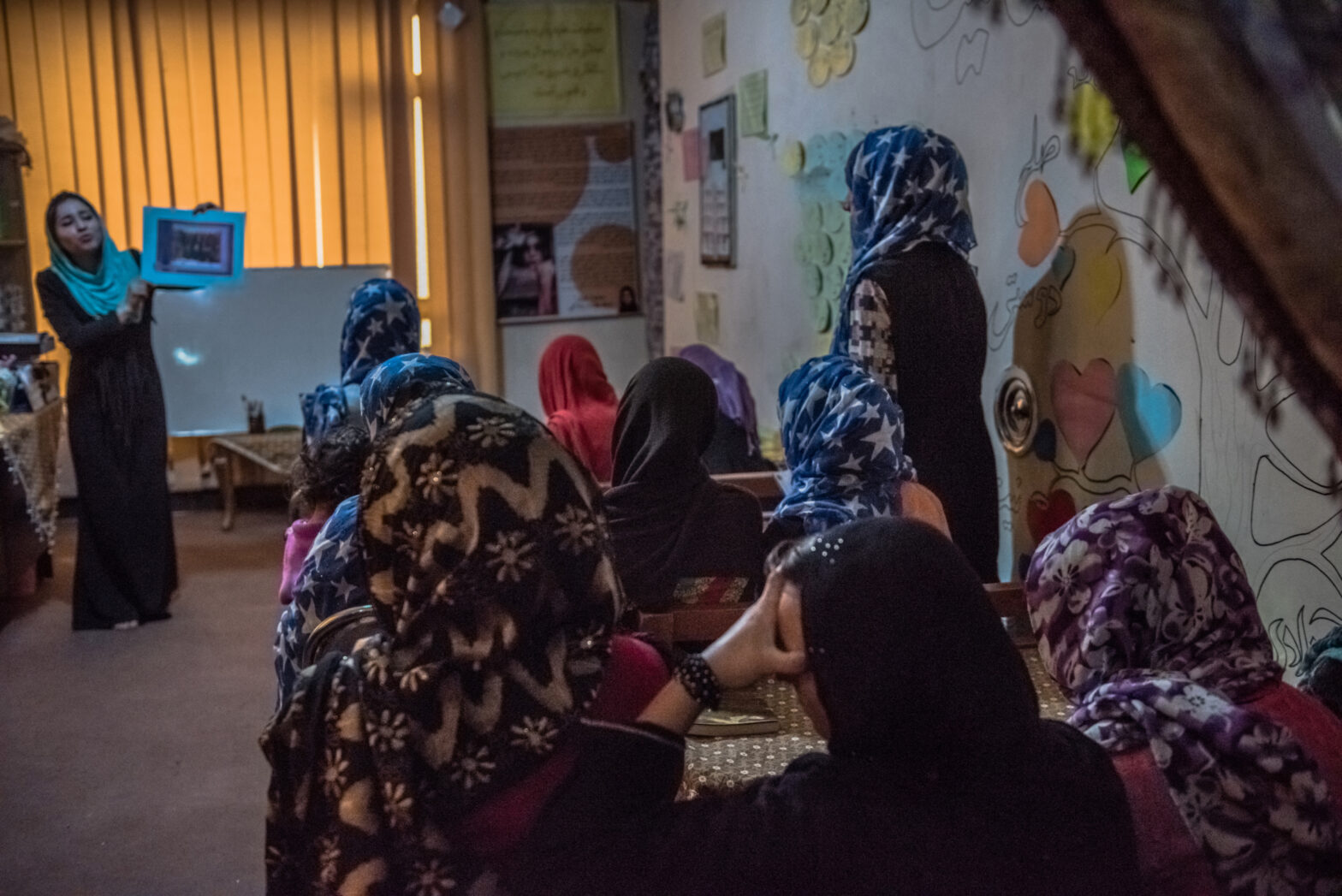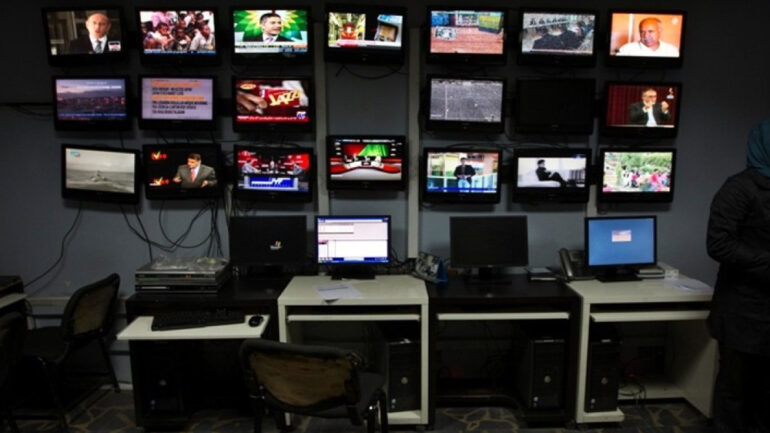
The Afghanistan Journalists' Center reports that the Ministry of Promotion of Virtue and Prevention of Vice of the interim government has now banned the publication of live images in six provinces. In a statement regarding the expansion of the ban on live image publication, this center expressed concern and warned about the negative consequences for media work, journalists, and access to information. Recently, the Ministry of Promotion of Virtue and Prevention of Vice has prohibited the publication of live images in Nuristan province. The Afghanistan Journalists' Center emphasized that in Nuristan, in addition to the provincial representation of the National Radio and Television and the state news agency Bakhtar, three private radios—Elina, Solh-e-Sahar, and Sedaye Paroon—are operating. According to sources cited by the center, the National Television does not have local programming in Nuristan, and before the announcement of the ban on live image publication, its reports were broadcast through the National Television in Kabul. Additionally, part of the center's statement mentions that visual reports from the provincial section of Bakhtar news agency were also sent to Kabul. The Journalists' Center added that so far, in addition to Nuristan, the ban on live image publication has been officially announced in five provinces, including Kandahar, Takhar, Badghis, Helmand, and Nangarhar. As a result, local visual media have ceased their activities, and journalists are facing severe restrictions. It is worth noting that Article 17 of the Law on Promotion of Virtue and Prevention of Vice of the interim government assigns responsibility to the inspectors of this group to prevent the publication of live photos and videos. This law has also been implemented in some government offices in Kabul; however, state and private visual media have continued their broadcasts so far. The Afghanistan Journalists' Center considers the expansion of this restriction as a clear sign of systematic repression of freedom of expression and media. They have called on the leadership of the current government in Kandahar province to respect freedom of expression and the fundamental rights of journalists and media by lifting these restrictions.

